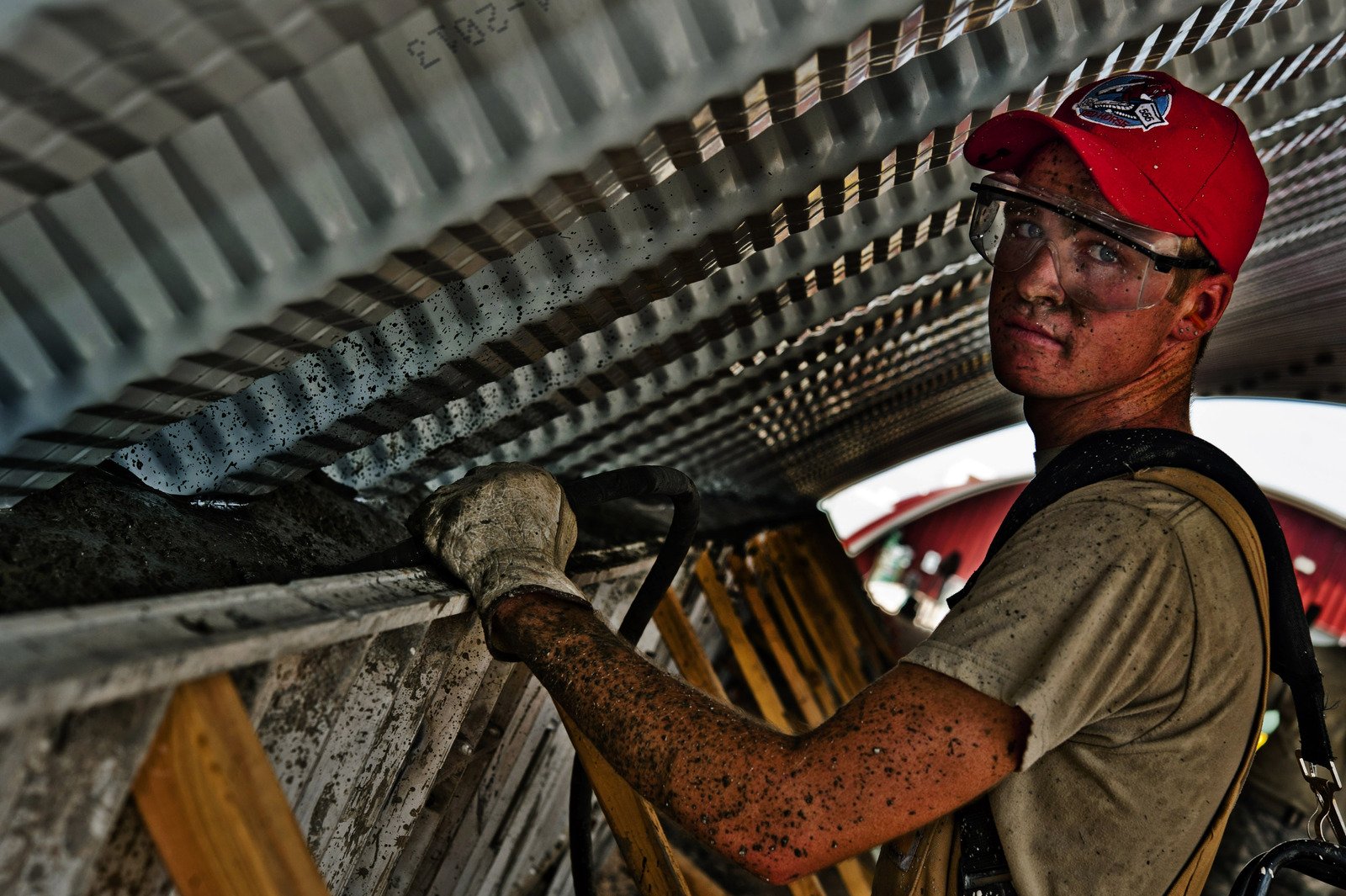EVERYTHING YOU NEED TO KNOW ABOUT DEHUMIDIFIERS
SIGNS YOU MAY NEED A DEHUMIDIFIER
- Mold spots on the ceilings or in the corner of walls in bathrooms, closets, garages or basement rooms.
- Condensation on the interior glass, beading on the windows and orwhat looks like vapor or fog on the window.
- Musty smell in basements, crawl spaces, entrances and garages.
- If spring ground water dampness has become a recurring problem or you have purchased a home that has white or grayish water level marks in the basement.
- An appropriate indoor humidity level is between 35 to 45%. If you have humidity levels higher than this, you most likely need a dehumidifier. Get a hygrometer to find out the moisture levels in your home. You will have to check each room as different rooms may have different humidity levels. You may want to consider getting more than one hygrometer. Once you get a dehumidifier though, they usually have their own humidistat that will tell you what the humidity level in the surrounding air is.
HOW TO CHOOSE A DEHUMIDIFIER
- Pricing: If your area is larger, consider a dehumidifier with a greater capacity, but note that prices do go up with the amount of pints/24 hours. If you have two distinct rooms at opposite ends of the home that have too much humidity, consider buying two small units - one for each area.
- Capacity: is based on pints of water collected in twenty fours. Dehumidifiers usually range from 25 pints to 70 pints or more. A unit that collects 30 pints per day is sufficient for a room of up to about 1400 sq. ft.
- Size: The larger models that cover a greater square footage are great but they are also very large and heavy. If you don’t want something too big and heavy consider getting 2 units to cover the same area.
- Heavy Duty Caster Wheels: It’s best to find a dehumidifier with wheels so it’s easier to move around especially if you have to empty the water bucket rather than have a hose connected to a drain.
- Draining Option: Make sure your dehumidifier comes with at least a draining hose connection on the back and preferably a drainage hose included as well, so that you have the option to connect a drainage hose to a drain. It will make your life a whole lot easier to have the dehumidifier drain automatically and not have to empty a water bucket all the time. Many models will have a drainage hose connection in the back but no hose. Confirm before buying if you want to set it up to drain automatically.
- Position of the Water Bucket: The bucket should be easy to remove and on the front of the unit. Also make sure the size and weight of a full water bucket is something you can handle if you are going to be emptying the bucket rather than connecting to a drain.
- Special Features: Dry sensors, a built-in humidistat or adjustable humidity level settings are very convenient to have to control your moisture levels.
- Energy Star Qualified: If the dehumidifier is energy star qualified it will help you save money since you will most likely be running it day and night.
- Easy Maintenance: An easy to access and remove frontal water bucket and a filter that is also placed for best access will make the unit much easier to care for.
- Safety Features: It should have an auto-shut off when the water bucket is full and an automatic shut-off that is combined with a humidistat function.
- Noise Level: Decide whether it’s important to have a quiet model.
- Ice Build Up: Under certain conditions of temperature and humidity, ice can form on the dehumidifier's evaporator coils. The ice buildup can impede airflow and eventually form a solid block encasing the coils. This buildup prevents the dehumidifier from operating effectively, and can cause water damage if condensed water drips off the accumulated ice and not into the collection tray. In extreme cases, the ice can deform or distort mechanical elements, causing permanent damage. Better quality dehumidifiers may have a frost or ice sensor. These will turn off the machine and allow the ice covered coils to warm and defrost. Once defrosted, the machine will automatically restart. Most ice sensors are simple thermal switches and do not directly sense the presence or absence of ice buildup. An alternative design senses the impeded airflow and shuts off the cooling coils in a similar manner.
- Pump: If you need to drain your dehumidifier by running a hose up to a sink or up and out a window, the hose will need a pump to drive that water upwards and out to where it needs to be. Some of the more expensive units have pumps.
TYPES OF DEHUMIDIFIERS
Mechanical/Refrigerative:(also known as compressor type) This is the most common type, and, it works by drawing moist air over a refrigerated coil with a fan. The cold evaporator coil of the refrigeration device condenses the water, which is removed, and then the air is reheated by the condenser coil. The now dehumidified, warm air is released into the room. This process works most effectively at higher ambient temperatures with a high dew point temperature. In cold climates, the process is less effective. It is most effective at over 45 percent relative humidity; higher if the air is cold.
This type is the most effective dehumidifier and the one I would recommend for controlling the humidity in large living spaces. The other types of dehumidifiers are best for smaller spaces like closets, bathrooms, laundry rooms, offices, campers, RVs and boats.
MECHANICAL DEHUMIDIFIERS WITHOUT PUMPS


MECHANICAL DEHUMIDIFIERS WITH PUMPS


DRAINAGE HOSES FOR MECHANICAL DEHUMIDIFIERS

Adsorption/desiccant: (Portable adsorption dehumidifier) This process uses a special humidity-absorbing material called a desiccant which is exposed to the air to be conditioned. The humidity-saturated material is then moved to a different location, where it is "recharged" to drive off the humidity, typically by heating it. The desiccant can be mounted on a belt or other means of transporting it during a cycle of operation.
Dehumidifiers which work according to the adsorption principle are especially suited for high humidity levels at low temperatures. They are often used in various sectors in industry because humidity levels below 35% can be achieved.
Electronic: Electronic dehumidifiers use a peltier heat pump to generate a cool surface for condensing the water vapor from the air. The design is simpler and is much more quiet compared to a common dehumidifier with a mechanical compressor, But, because of it’s relatively poor coefficient of performance, this design is mainly used for small dehumidifiers.
Conventional air conditioners: A conventional air conditioner is very similar to a mechanical/refrigeration dehumidifier and inherently acts as a dehumidifier when chilling the air. In an air conditioner, however, the air passes over the cold evaporator coils and then directly into the room. It is not re-heated as in a refrigeration dehumidifier by passing over the condenser. Instead, the refrigerant is pumped by the compressor to the condenser which is located outside the room to be conditioned. The heat is then released to the outside air.
The water that condenses on the evaporator in an air conditioner is usually routed through a drain channel to the outside, thus removing extracted water from the conditioned space. Newer high-efficiency window units use the condensed water to help cool the condenser coil by evaporating the water into the outdoor air, while older units simply allowed the water to drip outside.
Makeshift dehumidifiers: Because window air conditioner units have condensers and expansion units, some of them can be used as makeshift dehumidifiers by sending their heat exhaust back into the same room as the cooled air, instead of the outside environment. If the condensate from the cooling coils is drained away from the room as it drips off the cooling coils, the result will be room air that is drier but slightly warmer. But it only works in air conditioners that have water that drips off the coils rather than water that is re-evaporated into the exhaust air.
Conventional air conditioners: A conventional air conditioner is very similar to a mechanical/refrigeration dehumidifier and inherently acts as a dehumidifier when chilling the air. In an air conditioner, however, the air passes over the cold evaporator coils and then directly into the room. It is not re-heated as in a refrigeration dehumidifier by passing over the condenser. Instead, the refrigerant is pumped by the compressor to the condenser which is located outside the room to be conditioned. The heat is then released to the outside air.
The water that condenses on the evaporator in an air conditioner is usually routed through a drain channel to the outside, thus removing extracted water from the conditioned space. Newer high-efficiency window units use the condensed water to help cool the condenser coil by evaporating the water into the outdoor air, while older units simply allowed the water to drip outside.
HOW TO CLEAN A DEHUMIDIFIER
Because dehumidifiers constantly have water in
them, they can grow mold very easily. NEVER put chemicals in a dehumidifier. No
matter how much it's rinsed, chemical residue is difficult to get rid of.
As for how to clean the mold out of your dehumidifier: First of all NEVER put
chemicals in a dehumidifier. No matter how much it's rinsed, chemical residue
is difficult to get rid of.
Fill two spray bottles, one with vinegar and one with hydrogen peroxide
Spray the water tank of the dehumidifier with the vinegar (white vinegar, full
strength). Leave sitting for 10 minutes. Rinse with water. Wipe clean with a
new sponge. Then, spray the water tank of the dehumidifier with hydrogen
peroxide (full strength). Leave sitting for 10 minutes. Rinse with water. Wipe
clean with a new sponge.
Unplug the dehumidifier. Spray cooling coils with vinegar. Leave
sitting for 10 minutes. Rinse with water. Wipe clean with a new sponge. Then
spray the cooling coils with hydrogen peroxide. Leave sitting for 10 minutes.
Rise with water. Wipe clean with a new sponge.
Remove the filter and spray with vinegar. Leave sitting for 10 minutes. Rinse
with water. Wipe clean with a new sponge. Then spray the filter with hydrogen
peroxide. Leave sitting for 10 minutes. Rinse with water. Wipe clean with a new
sponge.
The vinegar will smell strong, but it is not harmful.
Once the smell is gone, every time the water tank is empty, but two teaspoons
of baking soda in the tank to prevent future mildew and mold odors.
Once a month, spray the cooling coils with hydrogen peroxide
 |
THE ADVICE PROVIDED ON THIS WEBSITE IS INTENDED TO BE USED UNDER THE SUPERVISION OF YOUR PHYSICIAN OR HEALTH CARE PROVIDER.

FOR A FREE CONSULTATION ON MOLD REMEDIATION OR REMOVAL IN YOUR AREA (For FL, CA, NY, NJ, MD, VA, and DC) CALL
1-888-808-6405
